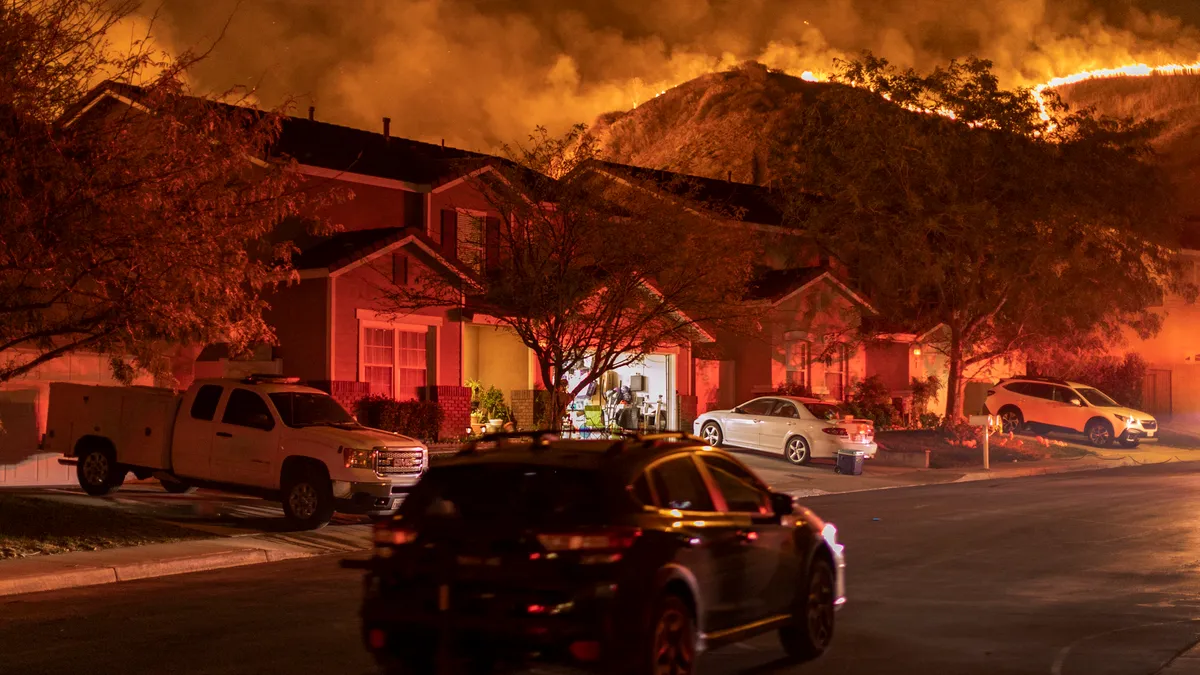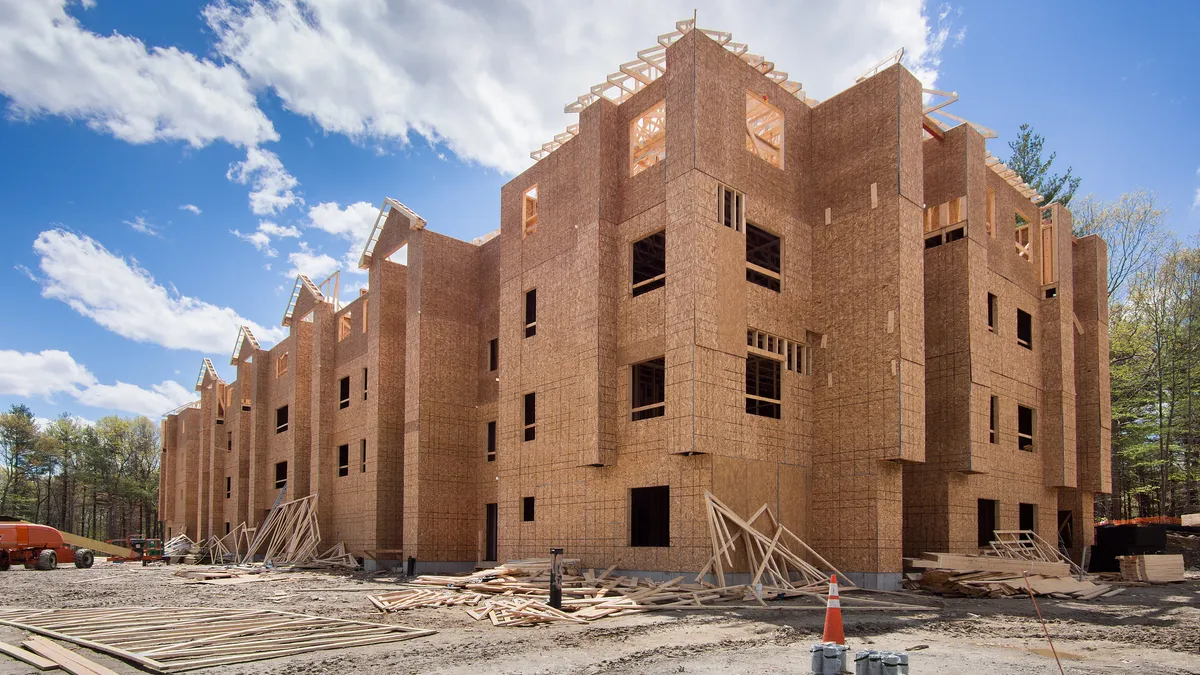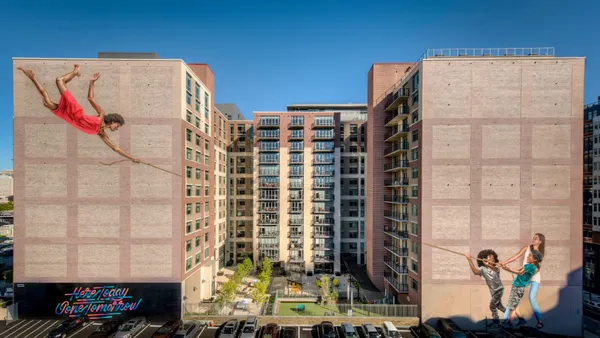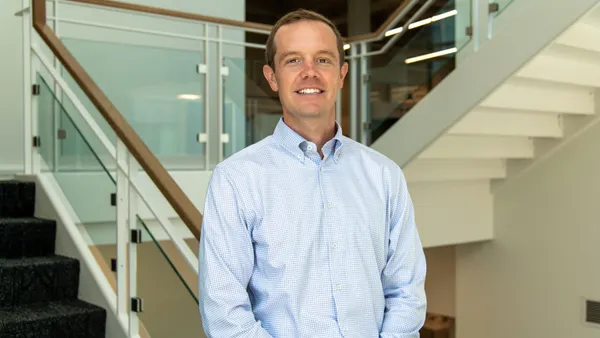Dive Brief:
- A New York City-based research nonprofit has developed a tool to quantify the risk residential properties face from wildfires, such as those currently ravaging the West Coast.
- The First Street Foundation Wildfire Model predicts that 71.8 million homes currently have some level of risk and due to climate change, that number will increase to 79.8 million homes by 2050 — an uptick of 11.1%. The organization also has a tool to assess flood risk.
- First Street’s free online model supports residential homes and apartment buildings. When attempting to search an address that is mixed-use or commercial, the model provides a message identifying the property as such and will not currently identify a risk level.
Dive Insight:
Wildfires have caused severe damage across much of the western U.S. In California alone, over 4 million acres burned in 8,648 fires in 2020, according to the state. In 2021, the state has so far counted over 2.5 million acres burned in 8,835 fires, though these statistics are still subject to change as analysis continues.
One of the key forces driving wildfires is climate change. A United Nations report released in February detailed how wildfire incidents will rise 50% by 2100, and areas previously thought immune, such as the Arctic, will face wildfire threats due to climate change and land use.
First Street’s model assigns properties a risk score that ranges from 1-10 based on its methodology, which takes into account weather and historic fire data, along with tax documents and other public information. The model also accounts for factors such as the type of roof the building has, nearby vegetation, the building material and the intensity of fires the home may be exposed to.
Matthew Eby, the founder and executive director of First Street Foundation, told CNBC that the risk could be different even for homes that have the same chance of being in a wildfire.
“What you’re able to see from that is that one home might have the same probability as another of being in a wildfire, but be much more susceptible to burning down,” Eby said.
Wildfires also present grave risks outside of property damage and displacement — they can kill people or cause serious health issues. Construction workers, for example, may be exposed to toxic wildfire smoke. Threats of sudden fires make jobsites less stable and predictable, and can jeopardize an entire build.











